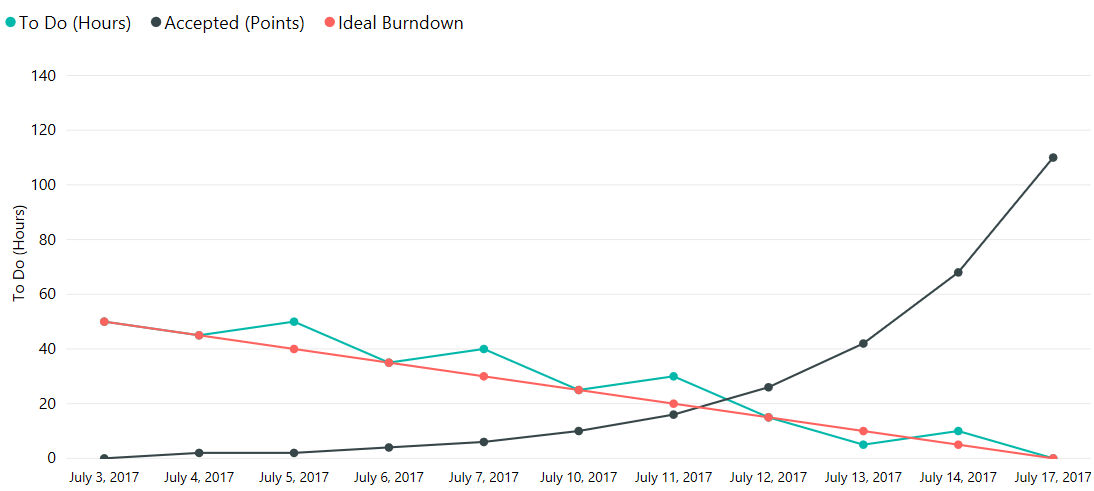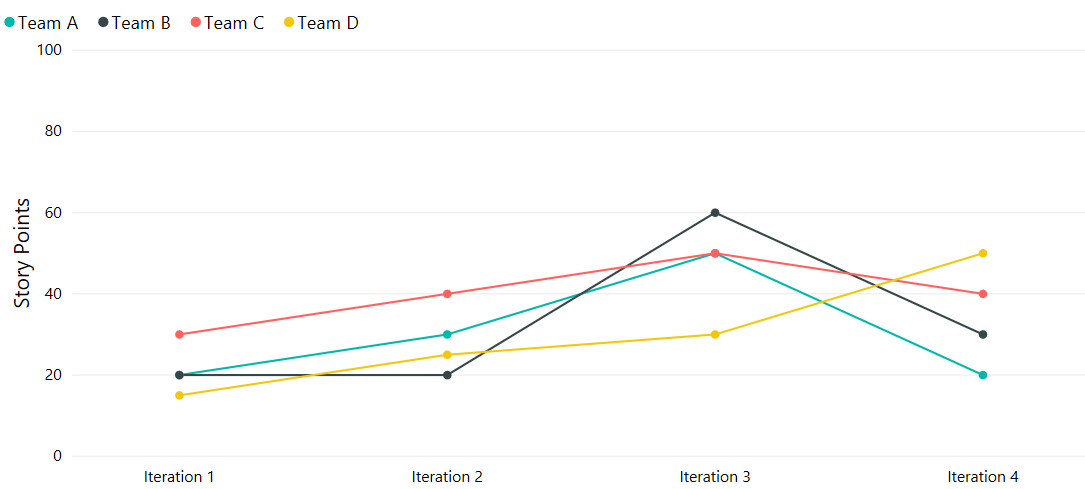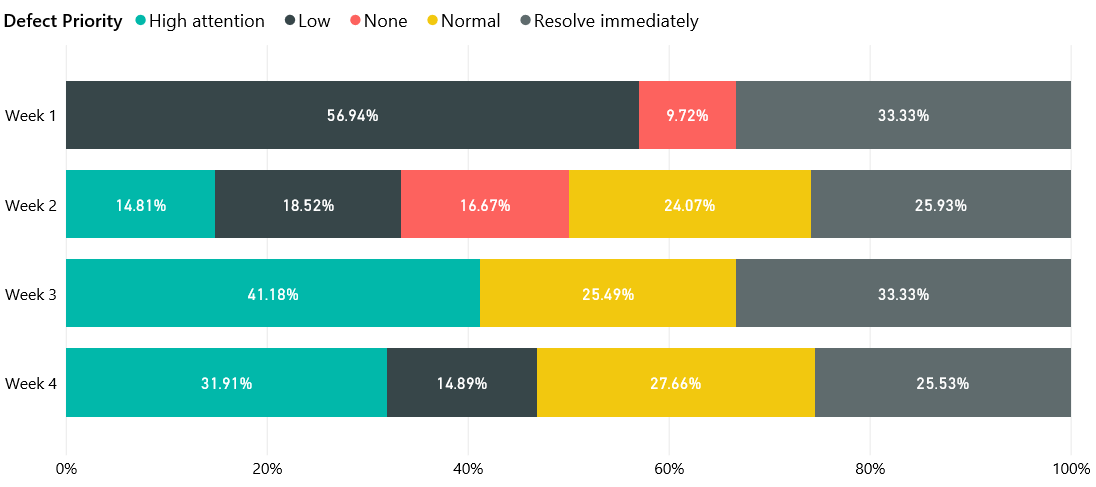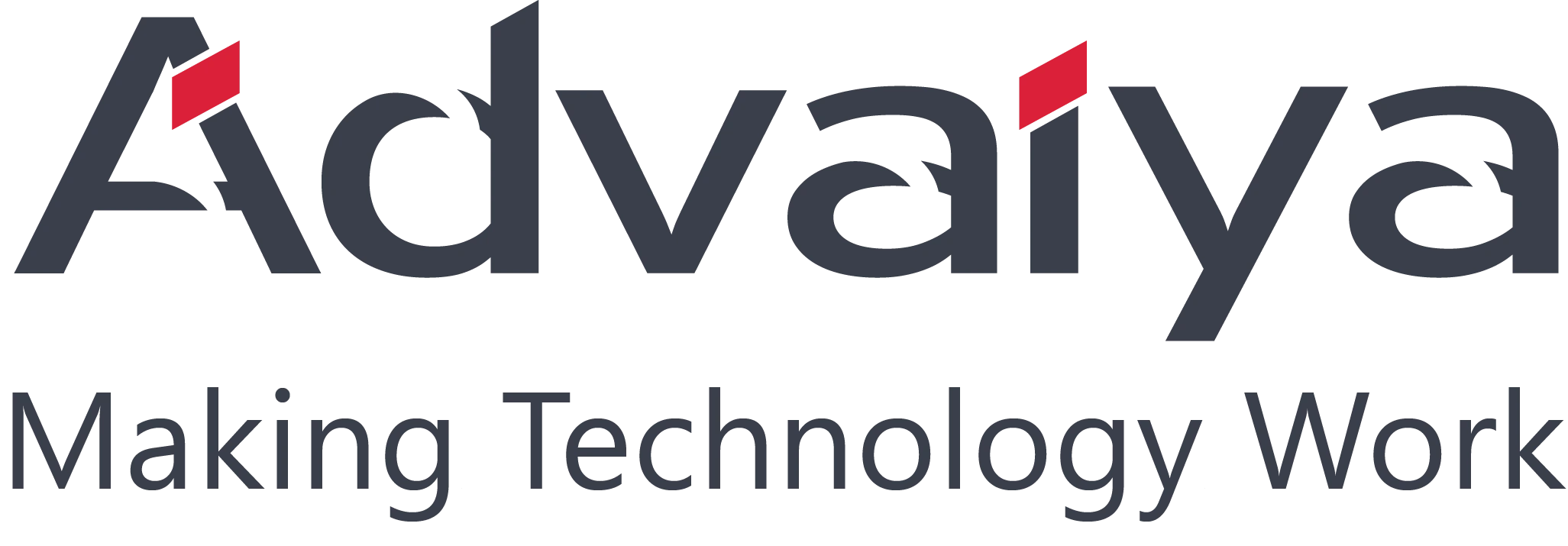Implementing Projects in an ‘Agile’ way is common norm and best practice these days. Agile project management allows Project Managers to keep track of the project deliverables and provide up to date project status. This results in greater visibility thus delivering better implementation of software with approval of all the stakeholders.
Thanks to Agile methodology through which one can react very quickly to changes and loopholes in the development process. The main idea behind using Agile framework is to break a complex project into smaller chunks called sprint and simultaneously testing it in manageable, two- to four-week cycles rather than building the entire product and then testing to find hundreds of product flaws.
Why Dashboards are important for Agile Projects?
Many organizations still follow the waterfall methodology of planning a project where they set an annual or biannual planning cycle to achieve the set goals. This results in poor execution of the projects. And for those organizations who have adopted the Agile methodology, even that does not guarantee best results. So, the need is to get a clear view of all the deliverables in a consistent manner.
Dashboards and reports can help provide complete visibility across projects. Dashboards provide a snapshot of how sprints, iterations, and projects are doing at a given point in time. Reports help you regularly monitor your team’s progress against targets.
Let us have a look at the reports that are useful for tracking key components related to an Agile project.
MORE INTERESTING ARTICLES
SCRUM VS KANBAN BOARDS: 11 MAJOR DIFFERENCES
Iteration Burn Down:
A burn down chart is a graphical representation of work left to do versus time. At iteration level, the burndown chart presents the work remaining and completed in the iteration. It tells you whether the committed tasks would be completed by the end date or not. It is the easiest way to determine the chances of iteration getting completed.

Team & Iteration Velocity Chart:
Put simply, sprint velocity represents the average number of story points a team can take on for a Sprint. Velocity measures the amount of work a team can tackle during a single aprint and is the key metric in Scrum. In other words, it represents the average number of story points a team can handle in a single iteration. When one knows the team velocity, it becomes easy to distribute the work among the team members and it becomes easier for a project manager to assign work to team members at the beginning of a sprint.


Defects Trend
Keeping a track of defects is very necessary for smooth running of a project. Defects Trends helps in tracking defects count for a release or a product. Not all defects may be resolved within the Sprint as they are identified. Non- blocker defects tend to get carried into future Sprints or iterations. Thus, having a view which shows the urgency of fixing a defect helps the developers tremendously.

All these reports and dashboards tell us whether we are on track or not. By incorporating reports for Agile projects, one can ensure the following:
- You can track how good or bad a project is performing. You can immediately identify the sprints which are not doing well and thus can take measures to reduce the risks and issues involved in the sprints.
- You have reports to manage the team in a better manner and regularly monitor your team’s progress against goals. You can identify those teams which are not working at the desired pace or whose work has exceeded the bug count.
Thus, reports help stakeholders, project managers and team members to observe, manage work allocation and work distribution, and approve funding.





